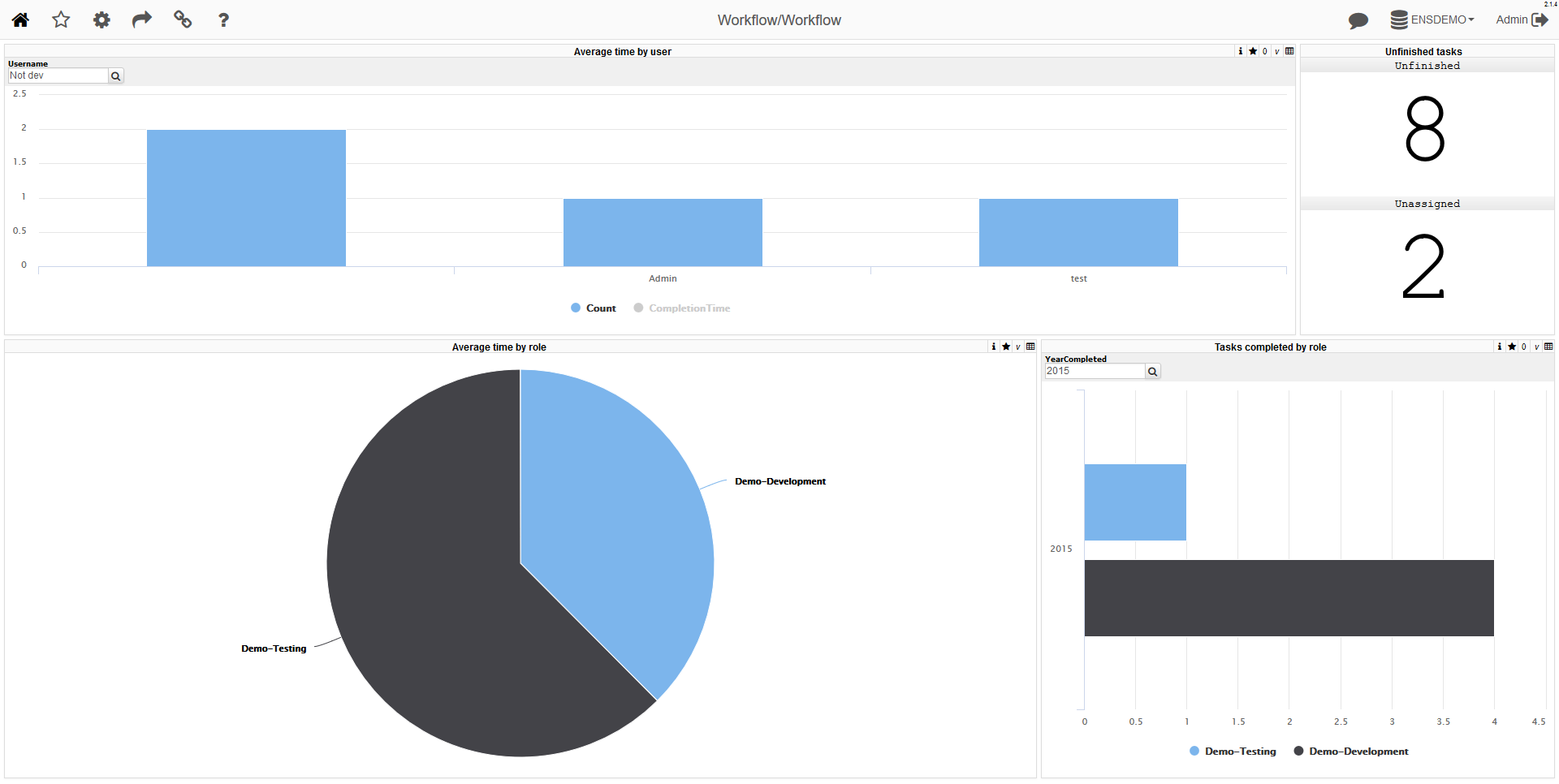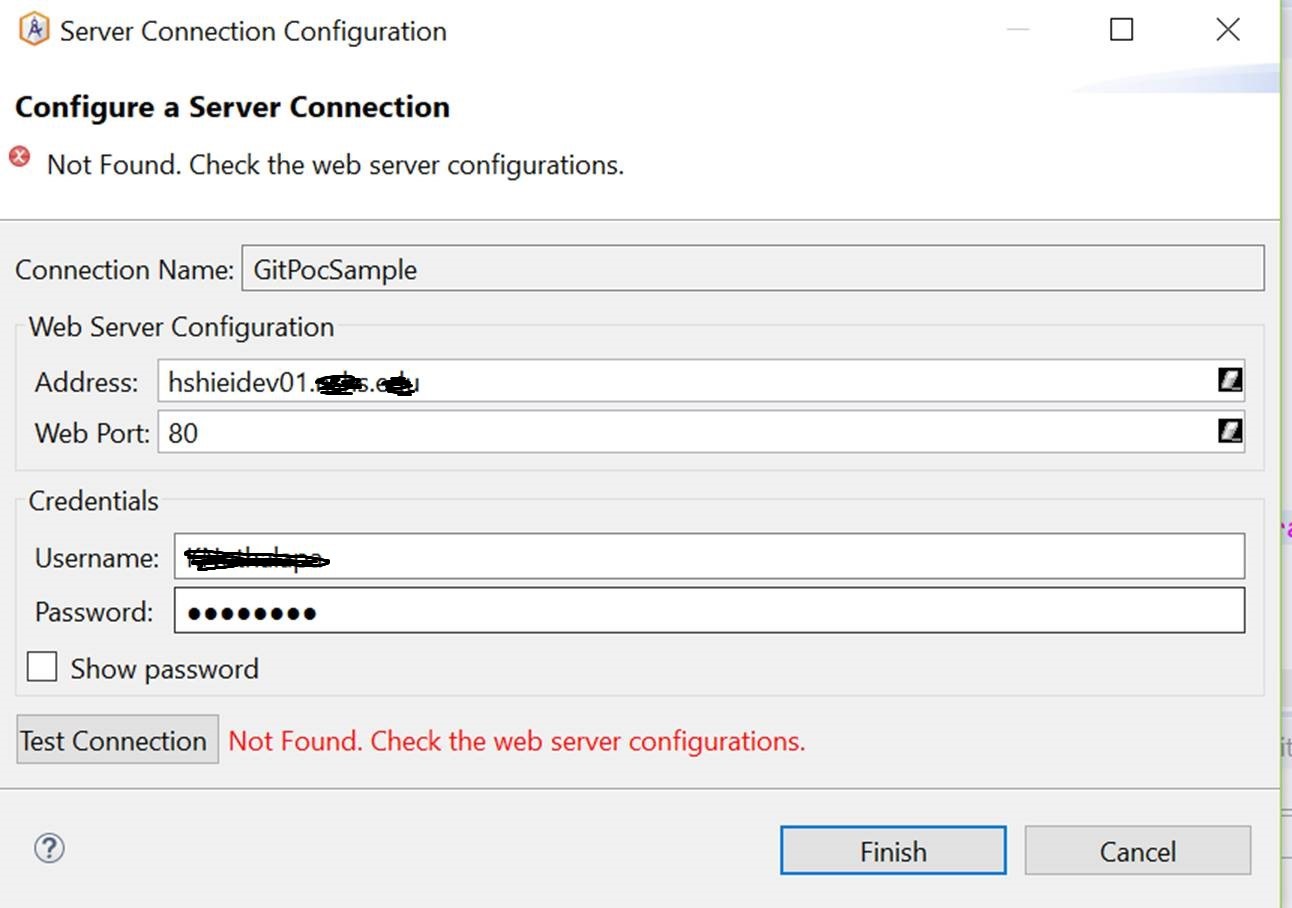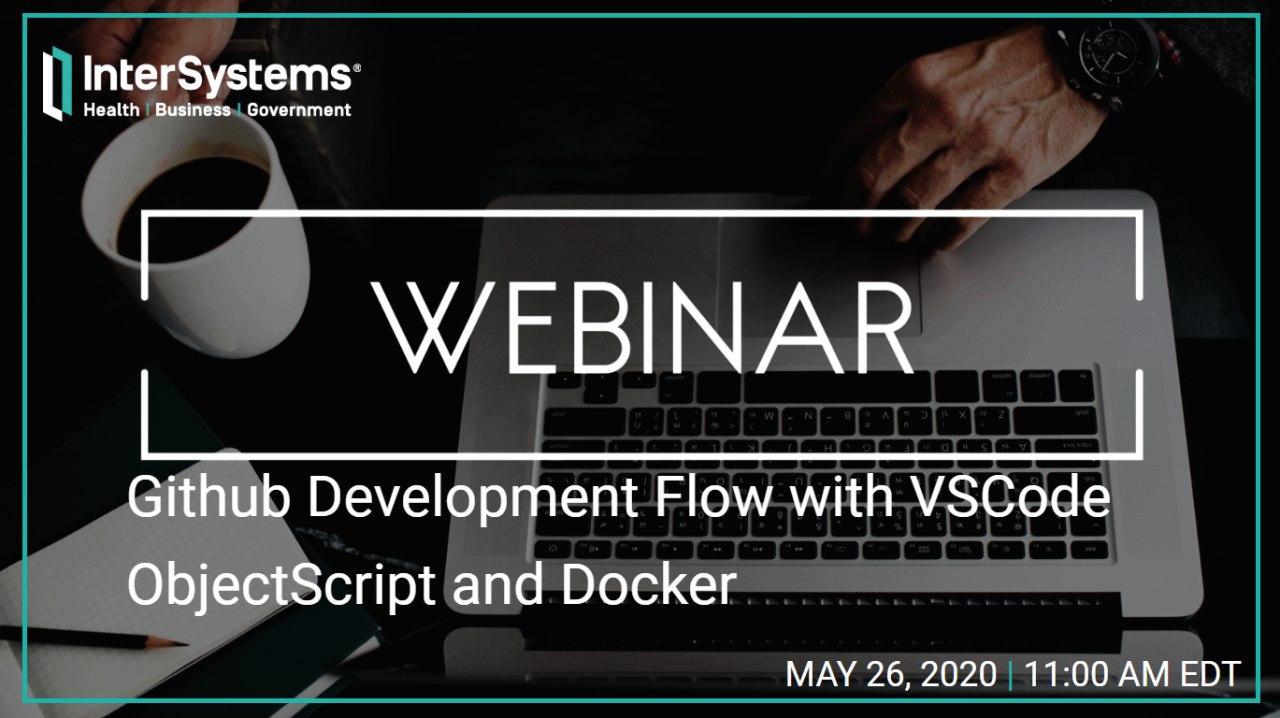Hello,
I try to open an existing log file and append to it. In Windows I use Open file:(NRW):1. I would expect it to append to the file, but each time I execute the code I get only the new entries, the prior file content is lost.
What is the proper syntax top open a file in "Append" mode?
I will deploy this code in Linux. Is there a different syntax to open a file in Linux versus Windows?
Thanks,
Oliver Wilms


 Working fine in localhost. While connecting to remote server getting the above error. Tried with Web Port 1972 and 80 both. Also there is no log in audit viewer.
Working fine in localhost. While connecting to remote server getting the above error. Tried with Web Port 1972 and 80 both. Also there is no log in audit viewer.
.png)
.png)
.png)

